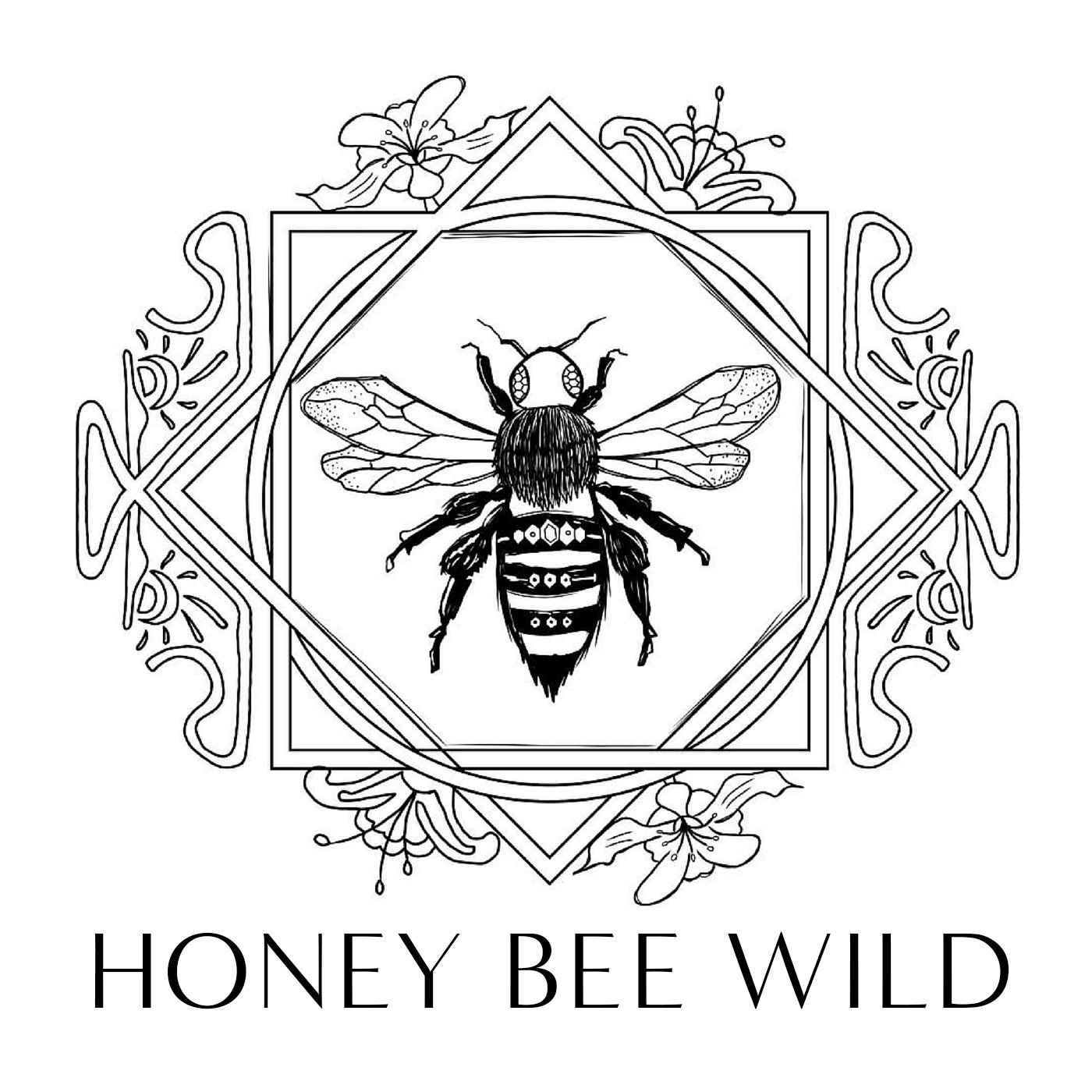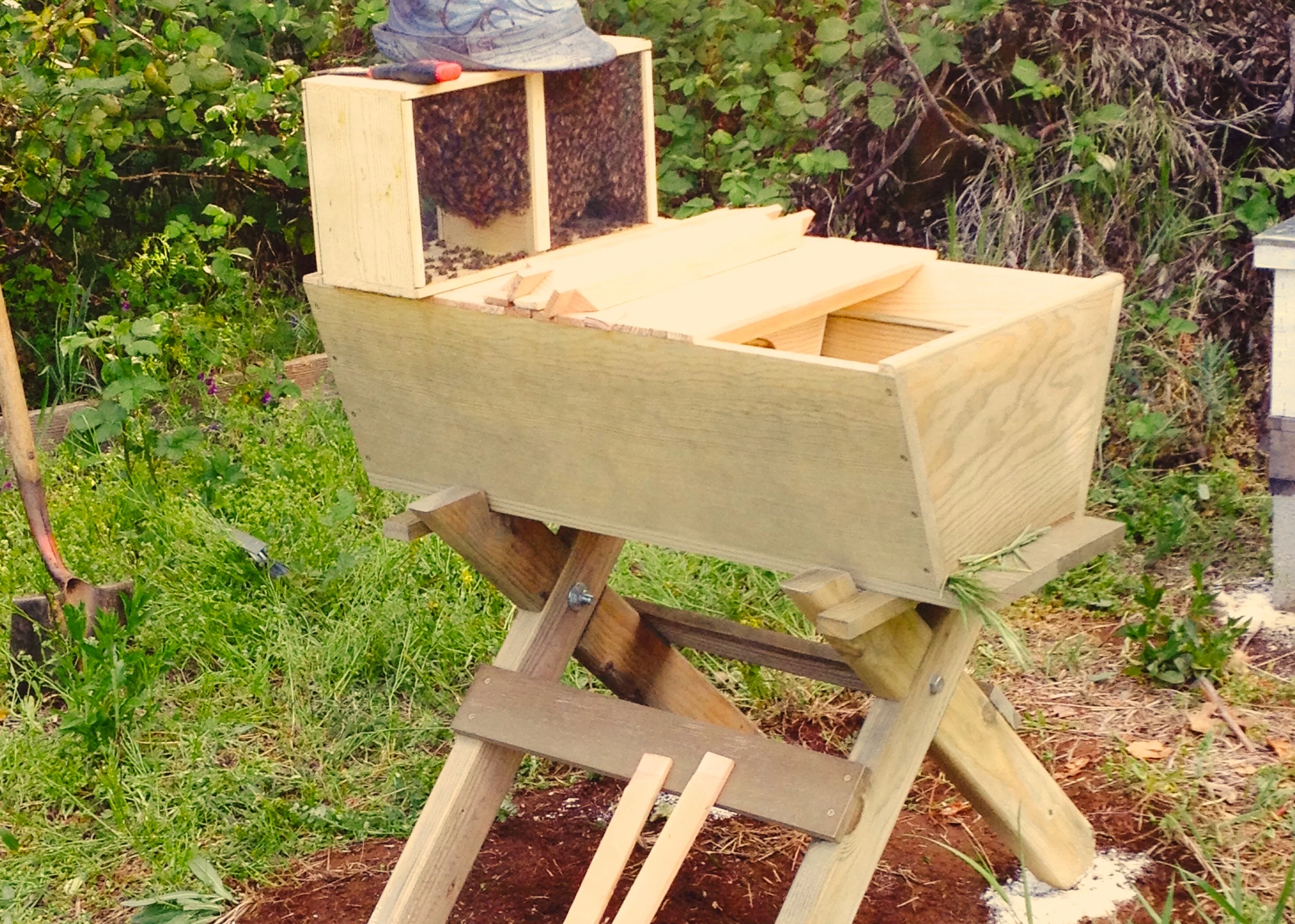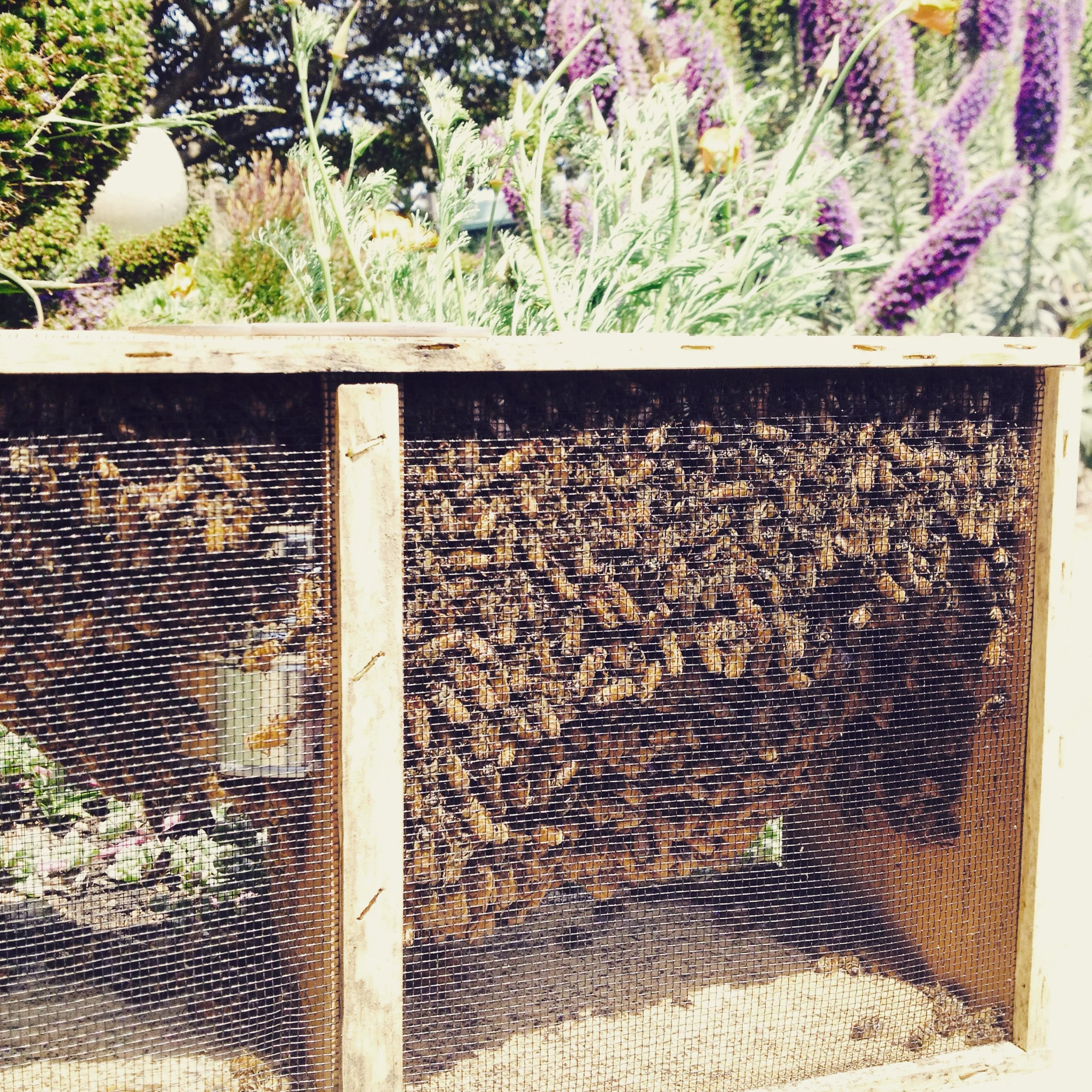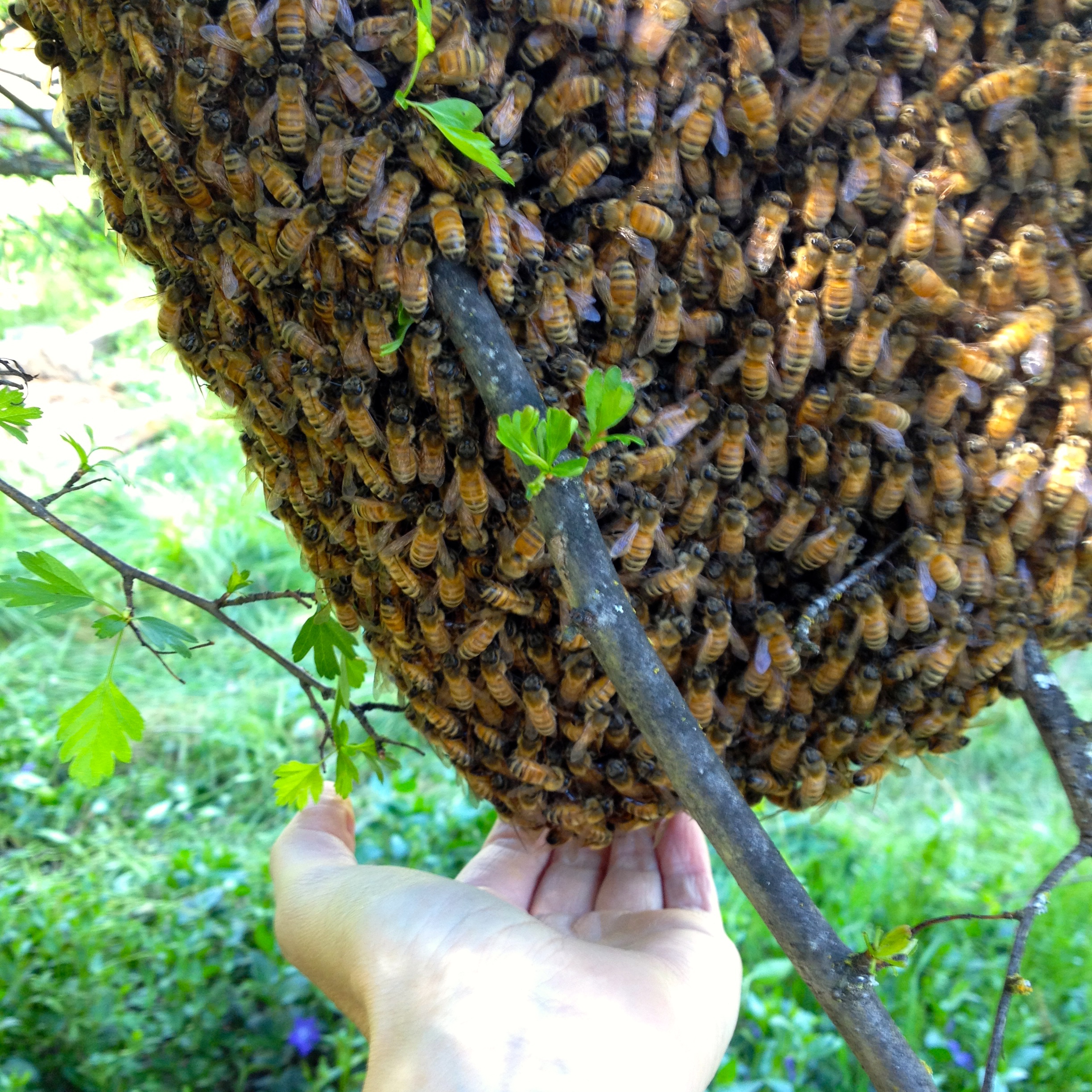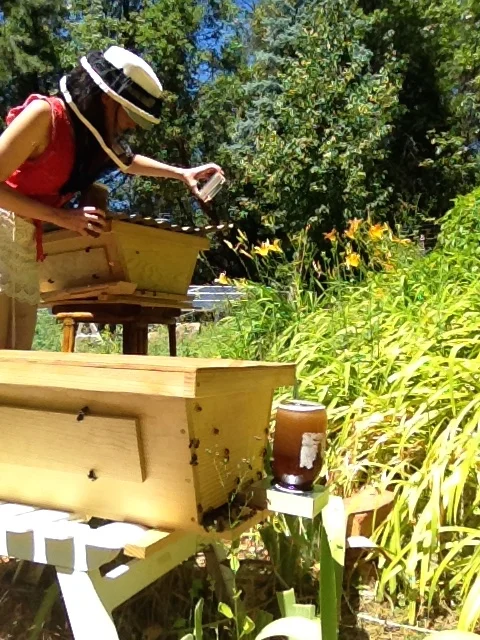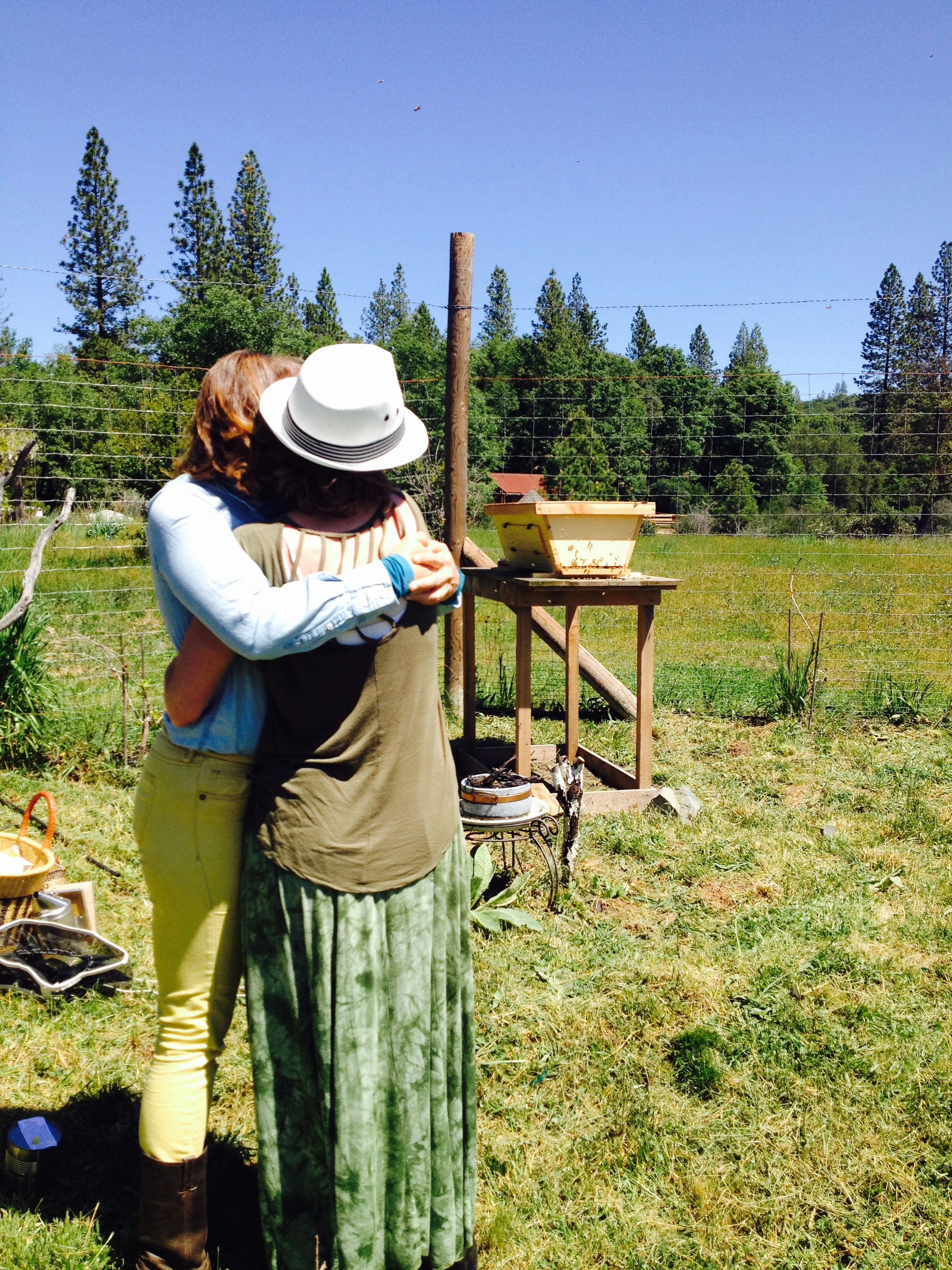How to Get New Bees
In Northern California there is still snow in the hills and rain on the weather forecast. However, despite the winter chill, it’s time to start thinking about getting bees. Regardless of where you live, late winter is the time most local bee breeders start selling bee packages and nuc. You wont receive your bees until the spring, but if you want to ensure you’re going to get bees this season, it’s best to buy them now.
In Northern California there is still snow in the hills and rain on the weather forecast. However, despite the winter chill, it’s time to start thinking about getting bees. Regardless of where you live, late winter is the time most local bee breeders start selling bee packages and nuc. You wont receive your bees until the spring, but if you want to ensure you’re going to get bees this season, it’s best to buy them now.
This year was a particularly devastating year for colony losses across the board. Both chemically treated and untreated colonies suffered. In California, the severe drought helped to encourage monstrous mite populations. Couple this with low nectar yield, even in the height of spring flow, and you have a recipe for starvation, disease and death. Due to the losses many beekeepers are needing to purchase bees this year. Add the ever increasing interest in backyard beekeeping, and there will most definitely be a shortage in supply. The take home message is: buy your bees now, plant as much pollinator-friendly plants as possible, and get serious about preparation for the new season.
Important factors to consider when buying bees
Untreated bees
If you interested in Natural Beekeeping and chemical-free hives, it is best to try and source your bees from breeders who do not chemically treat their bees, organic or otherwise. Most commercial bees are treated for varroa mites and will be less likely to have long-term survival with the transition to natural methods.
While treatment is the preferred method for most beekeepers, among natural beekeepers, there are strong arguments against biochemical treatment, citing a decline in the immune system of the honey bee as a primary negative side effect. If you want to learn more visit the Natural Beekeeping Trust.
As local as possible
Like any animal, honey bee colonies adapt to their bioregion. Bees that were raised in a warmer climate, such as the California Central Valley will have a harder time adjusting to cooler climates or harsh winters. That being said, I have had much success raising bees in the Sierra Foothills of California at 2,500 feet from packages of untreated bees sourced in Sonoma county, a warmer, coastal region much closer to sea level. Heartier races of bees such as Russians can also have more success moving to colder (or hotter) climates.
Do I need to select a specific race?
Most packages and nucs will be of a certain breed unless they have been cultivated from feral colonies (my favorite choice!). Breeding for strong genetics is one of the most interesting areas of research regarding health and survival of the species. For those who do not want to chemically treat their bees with miticides and antibiotics, breeding for strong genetics is the way to go.
There are a number of different bee stocks that have been bread for different qualities such as mild temperament, heartiness and productivity. Michael Bush has a great list of bee races here.
When purchasing bees, it is important to find out as much as possible about the bees you’re obtaining, including the race. Some beekeepers offer a choice between stocks. Italians for instance, are mild-tempered bees that thrive in Medditerean climates. Russians tend to be stronger and better for wintering over in cooler climates.
You can start with a specific breed, but remember that if the bees replace their old queen with a new one for any variety of reasons the new queen will openly mate with drones of various genetics and you will no longer have a hive of a singular race.
Four Ways to Obtain Bees
Package
A package is generally made up of 3-5 pounds of bees (about 10,000 bees) that have been shaken from hives into a small ventilated cage and supplied with feed. Most packages come with a queen in a small cage inside the package. Some bee suppliers (particularly those that ship by mail) sell the queen separately. Packages are best hived within the first 4 days after being shook unless conditions do not allow for it. The sooner the bees get into their hive, the more likely they are to survive.
It is important to understand that a package of bees is not a colony yet. They have no allegiance to their queen and they are often made up of unrelated bees.
Pros:
The easiest and most common way to attain bees.
Can be shipped from anywhere in the country (not always the best thing).
The most common way to buy bees for Top Bar and Warré hive styles.
They can start building natural comb right away.
There is no pre-existing plastic foundation in the hive.
They are less likely to be carrying mites, chemicals, pesticides, bee pathogens and other problems from their previous hive.
Cons:
These bees are often not sisters. The queen is not their mother and they all have to learn to adapt to each other and accept the new queen.
Sometimes they do not accept the queen. In these cases they ball and sting her to death preferring to raise their own queen. However, you may have to provide them with a new queen yourself. Pay attention in the first two weeks!
They are more at risk of starvation if you do not feed them enough. They came to you with no stores and nowhere to keep stores. They were not prepared for the forced move in the way a natural swarm is. They have to build all their comb from scratch and comb building takes a tremendous amount of energy (read: honey/nectar).
Nuc
A nuc is a nucleus colony of bees. The bees arrive in a small, ventilated box with a number of frames that can be placed directly into a waiting Langstroth hive. These frames are filled with capped brood, larva, honey, pollen, bees and a queen.
Pros:
Nucs are the most reliable source of bees out there, however they are predominately made for Langstroth hive.
The colony is stronger that a package because they have food stores, pollen stores and drawn comb.
Cons:
There are very few, if any, resources for Warré or Top Bar nucs. People who option for a nuc, but have a Top Bar hive often perform tricky comb cut-outs in order to fit the fragile nuc into a top-bar hive. This is not recommended for beginners.
The combs are usually built on plastic foundation. If you intend to use a Langstroth hive, I highly suggest turning it into a foundationless hive, which allows the bees to build natural comb. You will have to rotate out the old foundation comb over time.
Most nucs are assembled from old comb, which is dark brown from years of use. Old brood comb is more likely to contain chemicals from previous treatments, disease and pathogens. I suggest asking the beekeeper if they can provide bees grown on newer comb.
Swarms
Bee swarms occur in the spring and are the natural way a colony reproduces. In the winter, the colony clusters in a small tight ball, containing enough bees to survive, but not too many to eat through al the winter stores. In the spring, the queen begins laying again and the hive expands rapidly. If the colony feels strong enough to reproduce, they will begin to raise queen larva. Before the new queen is born, they will send the old queen out to find a new home. She is accompanied by anywhere from 1/3 to 1/2 the hive of worker bees in what is called a swarm. The bees will then cluster around the queen on a nearby tree branch, bush or anywhere that is convenient (like your roof gable!). The bees then send out scout bees to search for a new home. They will stay on the branch anywhere from 30 minutes to a number of days while looking for a dark cavity to call home.
A swarm in it’s first few days is very docile. They have eaten enough honey to last them about 4 days and are only interested in finding a home. While being around a swarm of bees can be intimidating, it’s one of the most incredible and gentle experiences you can have with bees. A swarm is a new being in it’s birthing process. It is delicate, vibrating and full of life. I have touched swarms with my bare hands, but don’t recommend this to beginners.
Catching a swarm is adventurous and exciting. It’s the cheapest way to obtain bees if you are willing to do it yourself. Many beekeepers also offer a swarm removal service and will sometimes sell you a caught swarm for less than the cost of a package of bees.
If you want to catch a swarm yourself try contacting your local beekeeping association and getting on the swarm call list. Be prepared for a call any day in the spring. You will have to drop everything and go!
Alternatively, you can join Honey Bee Allies and register as someone who either wants a swarm or is willing to collect/catch a swarm.
Pros:
It’s a natural birth! This is the most healthy way for bees to reproduce and helps to support a natural life cycle and thriving bee population. These ladies are ready to build comb fast. They are also not in shock from being shaken into a package or transferred into a nuc box.
The bees are all related.
Docile and fairly easy to catch, especially within first day or two of swarming.
Cheapest option for getting bees.
Do it yourself!
It’s Magical.
Cons:
There is no way to know if your swarm is made of strong bees or weak bees. The queen may be a weak, intercast queen or simply too old to produce enough healthy eggs. Pay attention in first two weeks!
Catching a swarm requires you to be available to drop everything and go. It’s free, but it costs your time, patience and flexibility.
A swarm sometimes rejects the new hive you’ve given them and may abscond. This is actually true for any new colony, no matter what, but more common with swarms.
Purchase a Pre-existing Colony
Sometimes beekeepers will have an entire colony for sale. This is a great way to become familiar with beekeeping, while avoiding all the risk of installing packages, swarms or nucs.
Pros:
Get access to a fully functioning hive from the beginning.
The bees may give you a swarm that same season, with which you could start a second hive.
Cons:
By far the most expensive way to obtain bees
Heavy to lift and move
May come with a host of pre-existing problems and diseases
The equipment and comb may be very old. It’s important to check the hive before you purchase it. Ask the beekeeper for a full history of the hive including if it’s had any chemical treatments.
Becoming a beekeeper is a wonderful journey. If you are serious about taking care of this new being you’ve decided to be responsible for, you will receive immeasurable benefits from the experience. The seasons will take on new meaning, plants suddenly become an exciting food source, you will develop an oddly obsessive relationship with fuzzy honey-makers, you will learn how be calm and move slowly with a humming, vibrating super-organism, you’ll spend time outside just watching the comings and goings, and maybe, in years to come, you’ll get a little honey.
However, becoming a beekeeper is no simple task. It takes time and willingness to truly dive in. You become a steward. You become a guardian.
If you are ready to take the next step, choose a hive design and get some bees I offer consultations here. There are also fantastic books and online resources. You can find an extensive list here. Enjoy the discovery!
Beautiful Homes for Ladies and Bees
Sometimes it's important to take a moment to simply appreciate beauty. Physical beauty. Beauty of nature. Beauty of place. Beauty of soul. I've been thinking a lot about beauty lately. Beauty as a power that evokes a sense of peace, wonder and love.
Sometimes it's important to take a moment to simply appreciate beauty. Physical beauty. Beauty of nature. Beauty of place. Beauty of soul. I've been thinking a lot about beauty lately. Beauty as a power that evokes a sense of peace, wonder and love. Beauty that comes from the natural world and is emulated time and again by art. Whenever I travel to places that have architecture older than the birth of my country, I am wistfully awed by the detail and artistry found in everything "old". The artistry found in homes, gardens, cathedrals, temples and pieces of furniture.
Beauty moves us. It inspires us. It is a powerful agent of spirit, and we are drawn to it in it's exterior and interior forms. This post is a nod to the human capacity to create art and beauty through the form of a home and a hive.




















These photographs are of a home I had the luxury to visit after completing my workshop in Bath. I spent a glorious afternoon and evening, surrounded by many bee sisters, soaking up the beauty of place, kinship, healthy food and deep rest. I am aware of the privilege of this experience, or the privilege to travel the world for please in the first place. I am aware of how many people are in incredible suffering while I write a post about a beautiful home. I often come up again this conundrum when appreciating beauty that comes from affluence. How can we appreciate or have privilege and luxury while remaining in service to creating a world with greater equality and less consumption? I don't have an easy answer, other to be fully present with where I am, feast or famine. If I am offered a room with a mural, a dip in a private pool and the most generous of meals by a kind sister, I will be in gratitude, I will ask myself to relax, I will be in my heart.
There is no better teacher for this kind of presence than nature. She, the Earth, the natural world, has a beauty, a wildness, that has captured the mind and imagination of artists and biologists alike. The incredible perfection of life-sustaining forces that create mathematically complex growth and movement patterns such as the spiral of a sunflower's seeds, the orbits of the planets or the hex of the honeycomb. Across many ancient and indigenous cultures, this interior world of the hive is one of the most highly regarded examples of nature's mysterious, divine beauty. Glyphs and art depicting the human reverence for the honey bee are found as far back as ancient Egypt and Sumer.
Have you ever seen the inside of a hive? Watched the bees move across comb? Been mesmerized by the coming and going of pollen-bearing, sun-glowing insects. And have you ever notices how this incredible beauty is so disregarded by the form and mechanized construct of the conventional bee hive. Langstroth hives, the white boxes you see lining desolate orchards in drought-stricken California for stark example, were built for humans in order to maximize honey production. They have very little to do with what is most beneficial for the honey bee colony. I'm not unequivocally against Langstroth hives. There are plenty of bee-sensitive beekeepers out there who use langstroth hives. If you go to a bee supply shop, you'll find supplies for a Langstroth, but you likely wont find top bar hives, log hives, golden ratio hives or Warré hives (unless you go to Bee Thinking in Portland!). I'll get into my pro's and con's, feels and theories about lang hives another time, but for now, lets just say, I've tried them out and we didn't become best buds.
There are so many hive styles out there, ranging from log hives found in trees (see Michael Thiele's work with log hives), to sun hives, to strange walled contraptions that are supposed to offer high-rise indoor observational viewing (iffy choice). I encourage anyone interested in getting bees to look into some of the back-to-nature, DIY hive styles out there. Alternatively, you can build or buy a Warré or Kenyan Top Bar hive - two top bar style hives that are relatively well known. Note: I'm not getting into the British national hives because it's not quite as well known in the states and I don't have enough knowledge.
Combining art and hive style, more and more beekeepers are getting into beautifying the exterior of their hives, and why not? We see such incredible beauty in nature's own work, why not show the reverence of the interior temple of the hive through our artistic additions to the exterior? If you decide to put your bees in a box (as opposed to a skep or log) and become responsible for them, why not let it be a box of personal artistry? Painted, carved, designed, and placed in a beautiful space - let your creativity come through.
Perhaps through this artistic weave between the human world and the non-human we can all find moments of presence with the beauty that is Spirit in form.
